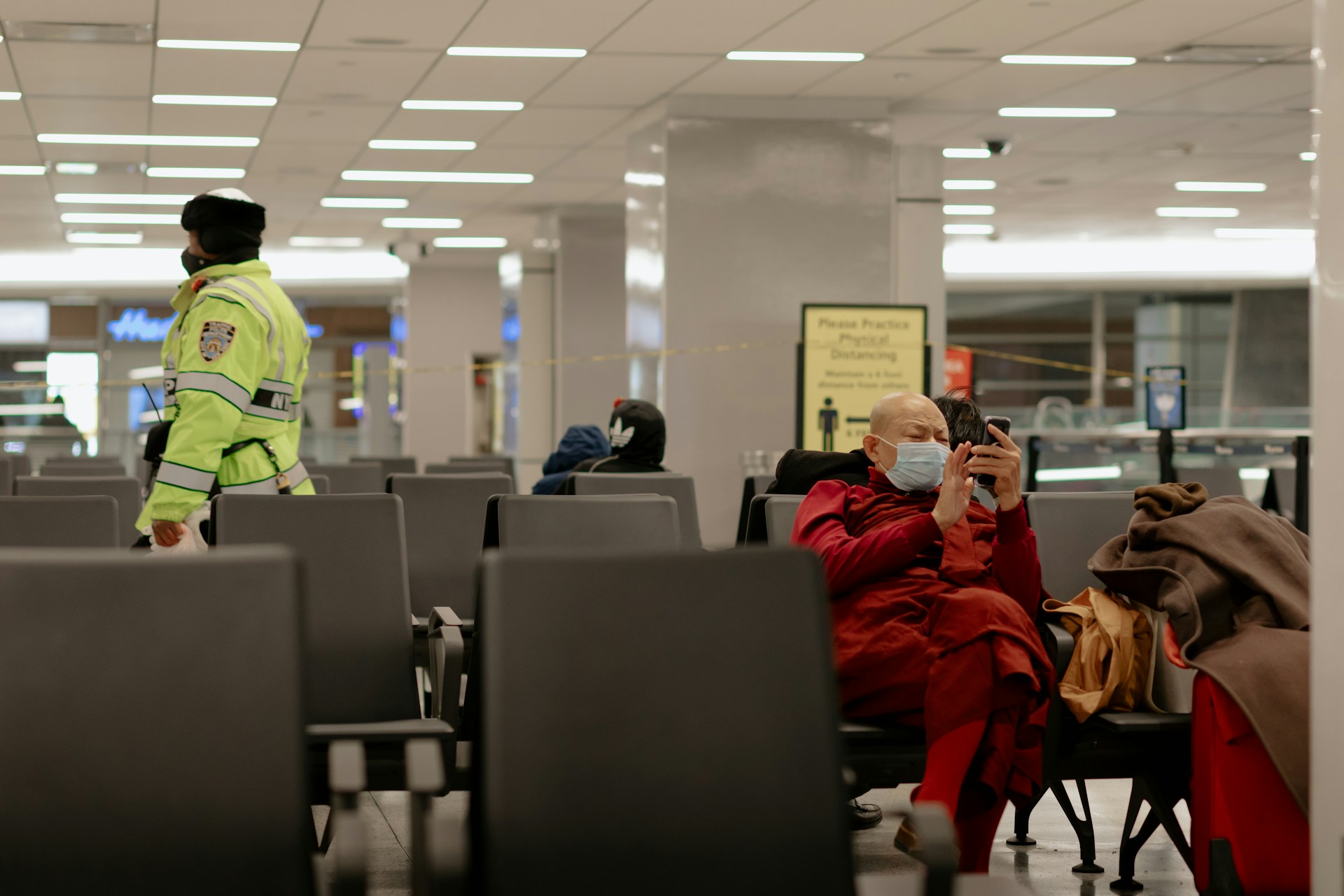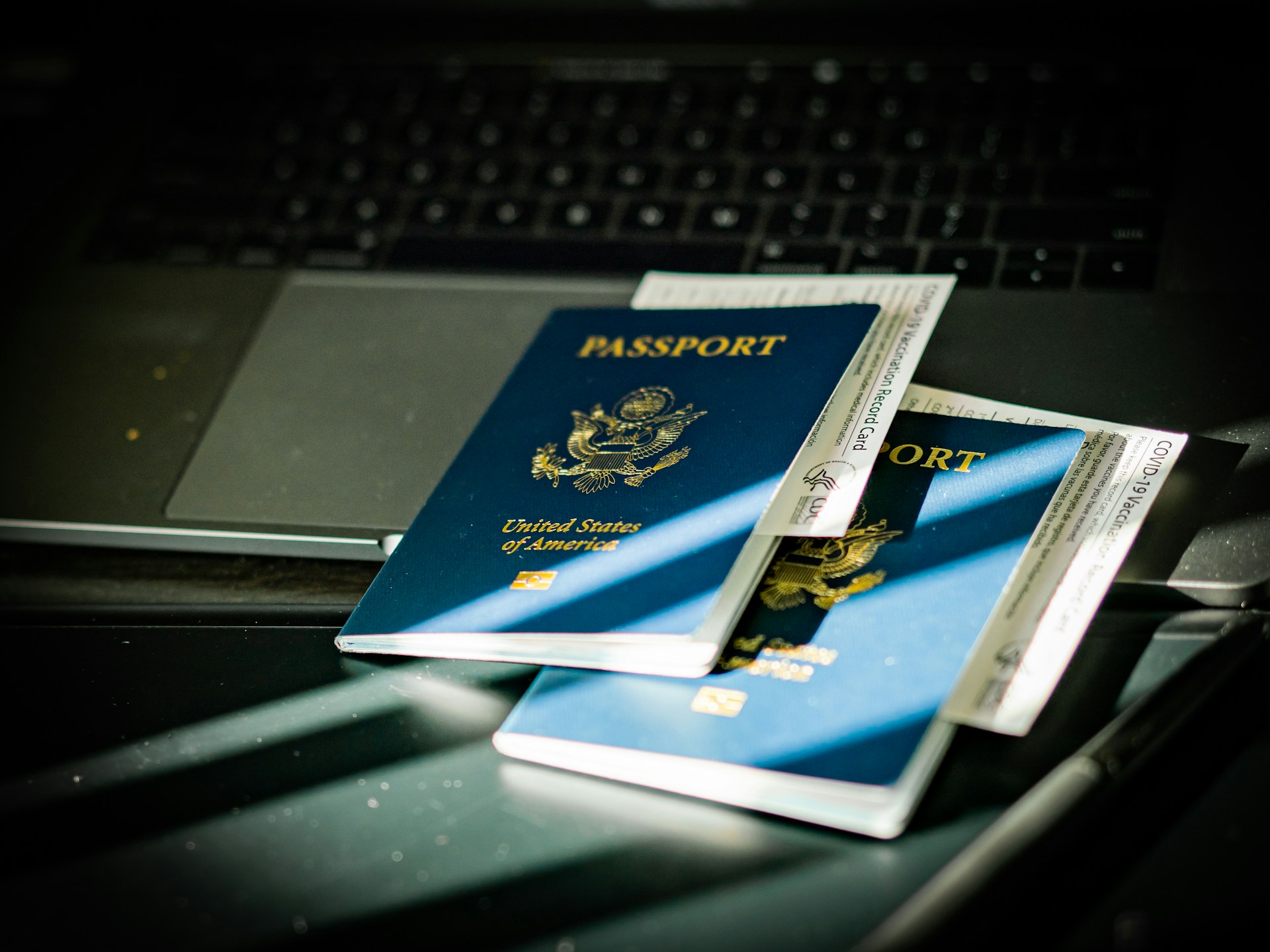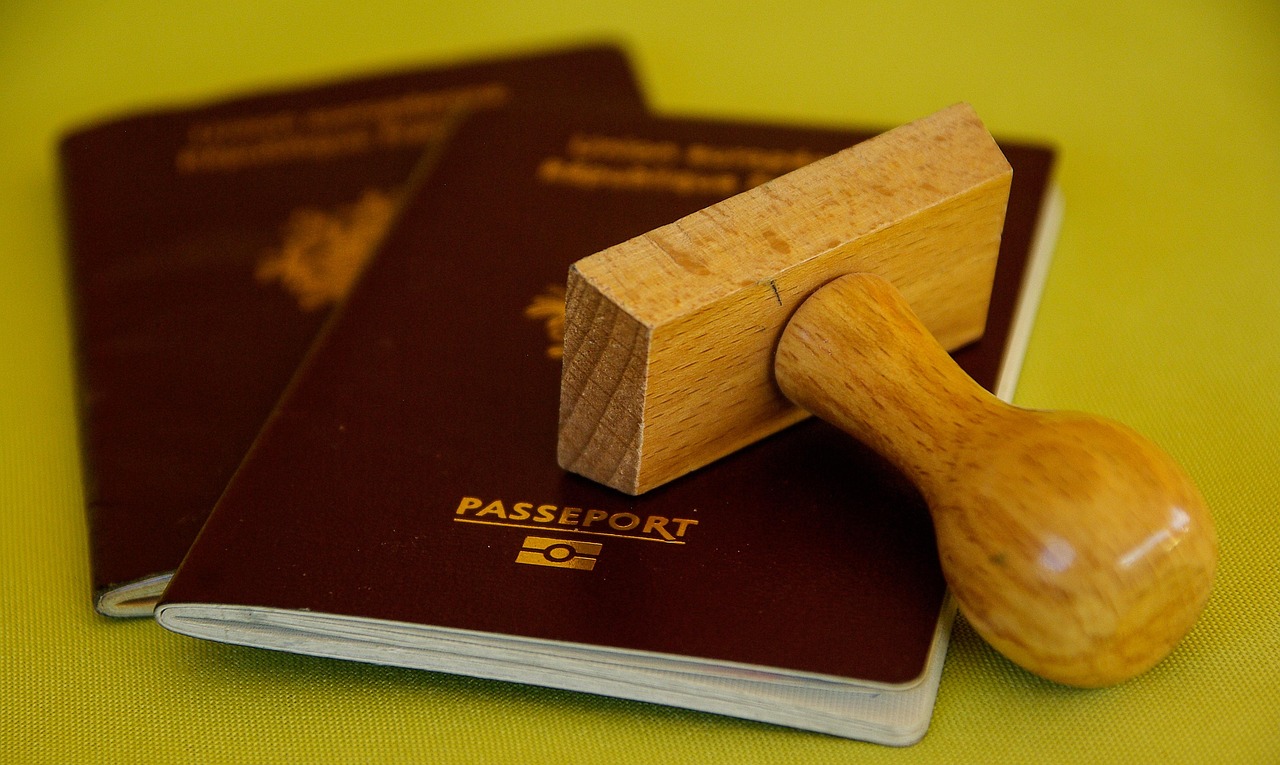Visiting the United States just got pricier. A trio of fee increases arrived at the end of September, resetting costs for many international visitors and reviving questions about how much price matters to demand. Conventional wisdom says small fees barely register. The new schedules say otherwise. For 2025 and the start of fiscal 2026, the floor is higher even before a separate $250 surcharge moves from law to reality.
Clarity is scattered across agencies and timelines, which makes planning hard. This explainer maps what changed on September 30, 2025, who pays more, what the $250 integrity fee is designed to do, and why rollout may take time. The details draw from statements by the U.S. Travel Association, a July DHS notice, CBO analysis, and commentary from immigration practitioners.
Key Changes at a Glance
Effective September 30, 2025, three major visa-related fees increased significantly. The I-94 fee for land arrivals jumped from $6 to $30. The ESTA fee for Visa Waiver Program travelers rose from $21 to $40. The EVUS fee, used by certain Chinese travelers, increased to $30. These amounts are locked for fiscal year 2026, which began October 1, 2025.
Additionally, Congress has authorized a $250 visa integrity fee that will apply to most nonimmigrant visa categories, including F-1 and F-2 students, J-1 and J-2 exchange visitors, H-1B and H-4 workers, and other employment-based travelers. While authorized, no implementation date has been announced, and the fee awaits cross-agency coordination and formal rulemaking.
The integrity fee is refundable if travelers comply fully with their visa terms, including timely departure or status adjustment. However, refund mechanics and timelines remain undefined. Most visitors from Canada and Bermuda are exempt from the integrity fee, though they may still face higher I-94 costs.
Travel industry leaders have criticized the increases as a self-imposed tariff that could dampen visitation, particularly as the United States prepares to host the 2026 World Cup and 2028 Olympics. Budget-conscious travelers should factor in these new costs and monitor DHS and State Department updates for final implementation details.
The New Fee Structure: What Went Into Effect
Three existing entry charges increased. The I-94 fee for land arrivals rose from $6 to $30. The ESTA fee for Visa Waiver Program travelers jumped from $21 to $40. The EVUS fee, used by certain Chinese travelers, is now $30. These amounts are locked for fiscal year 2026, starting October 1, 2025, with possible future inflation adjustments.
The increases flow from legislation advanced in summer 2025 under the Trump administration’s One Big Beautiful Bill Act. What matters immediately is the effective date already passed, which means budgets for late 2025 trips must absorb higher base costs well before any integrity fee arrives.
Who’s Affected by the Higher Fees

The $30 I-94 applies to most non-U.S. travelers entering by land. Exceptions include American citizens, returning lawful permanent residents, non-U.S. citizens with immigrant visas, and most Canadians visiting or in transit. That change lands hardest on frequent cross-border travelers who previously saw the I-94 as a nominal formality rather than a meaningful line item.
Visa Waiver travelers still use ESTA for short visits up to 90 days, but it now costs $40. Most visitors from Canada and Bermuda are exempt from the coming $250 integrity fee. Nationals of Visa Waiver countries who need a special visa, such as students, exchange visitors, or certain workers, would owe the $250 once implemented, in addition to other fees.
Understanding the $250 Integrity Fee

Congress authorized a $250 integrity fee, but no start date has been announced. It would apply to nonimmigrant travelers from non-Visa Waiver countries and to Visa Waiver nationals seeking special visas. Listed categories include F-1 and F-2 students, J-1 and J-2 exchange visitors, H-1B and H-4 workers, and other employment or visitor classes named in the statute.
The fee stacks on top of existing costs. Travelers would still pay any reciprocity charges, anti-fraud fees, and the machine-readable visa application fee, with totals varying by visa type. Collection details remain unsettled. Uncertainty persists over whether State or DHS will take payment, though payment is likely tied to visa issuance.
The Refund Process Explained

The integrity fee is not waivable or reducible, but it is refundable if the traveler fully complies. That includes timely departure when the authorized period ends, extension of nonimmigrant status, or change to lawful permanent resident. On paper, the refund aims to reward compliance. In practice, timing and mechanics are still unknown and will need formal procedures.
CBO analysis expects few people to seek refunds. The reason is duration. Many nonimmigrant visas remain valid for several years, which delays eligibility to request repayment. Without a straightforward process and timeline, deferred refunds may feel theoretical. Specific refund steps and deadlines are not disclosed and await rulemaking and interagency coordination.
Industry Concerns About Rising Costs
Industry leaders warn the hikes act like a tax on visitors. Geoff Freeman of the U.S. Travel Association called them a self-imposed tariff that is not reinvested to improve the experience and will discourage visitation. The organization argues that policy should lower friction for lawful travelers rather than add cost without a clear service upgrade.
The context heightens concern. The United States will host the 2026 World Cup and the 2028 Olympics. Critics fear new charges could mute interest just as the country seeks to showcase accessibility and value. The core claim is simple. Price signals matter, and higher fees with ambiguous benefits risk pushing trips elsewhere.
When Will the $250 Fee Take Effect?

Authority exists, rollout does not. A July 2025 DHS notice said the integrity fee requires cross-agency coordination and will be implemented in a future publication. The statute gives DHS power to set the precise amount above the $250 floor and define collection and reimbursement mechanics, which implies additional regulatory work before any launch.
Operational hurdles are real. Agencies must align consular systems, payment infrastructure, interagency data sharing to verify compliance, and refund processes. Uncertainty persists over which agency will collect. According to Condé Nast Traveler, a federal government shutdown that began October 1, 2025, could slow progress. No official start date has been published.
The 2026 World Cup Factor
Timing may be shaped by tourism strategy. With the 2026 World Cup approaching, immigration observers suggest agencies could delay or phase in the fee to avoid dampening inbound demand. That would not change the legal foundation. It would change when the extra cost lands, particularly for students, workers, and leisure travelers planning 2026 itineraries.
No formal timetable is disclosed. Decisions will mix policy, operations, and politics. Readiness of systems and the need for clear refund mechanics could push the start into 2026, which leaves many would-be visitors waiting on a specific publication date.
Practical Guidance for Travelers

The baseline has already moved. For trips after September 30, 2025, affected travelers face higher I-94, ESTA, and EVUS costs. Those entering under student, exchange, or employment categories should budget for an added $250 once the integrity fee is implemented, recognizing that timing is unknown. The stack of fees will vary by visa type and reciprocity schedule.
Documentation will matter once refunds exist in practice. Proof of timely departure and records of status extensions or adjustments will support a future claim. Monitoring DHS and State updates remains essential for the effective date, point of payment, and refund procedures. Until publication arrives, the fee is authorized, broad in scope, and additive to current charges.
Sources
- Travelers to the U.S. must pay a new $250 ‘visa integrity fee’ (CNBC)
- US visas to get more expensive with $250 ‘integrity fee’ and other charges (The New Indian Express)
- US to Hike Visa Fees by $250, Sparking Tourism Industry Concerns (Nation Thailand)
- Full text of H.R.1 – 119th Congress
- Hoping to Visit the U.S.? It Might Cost You an Extra $250 (New York Times)


